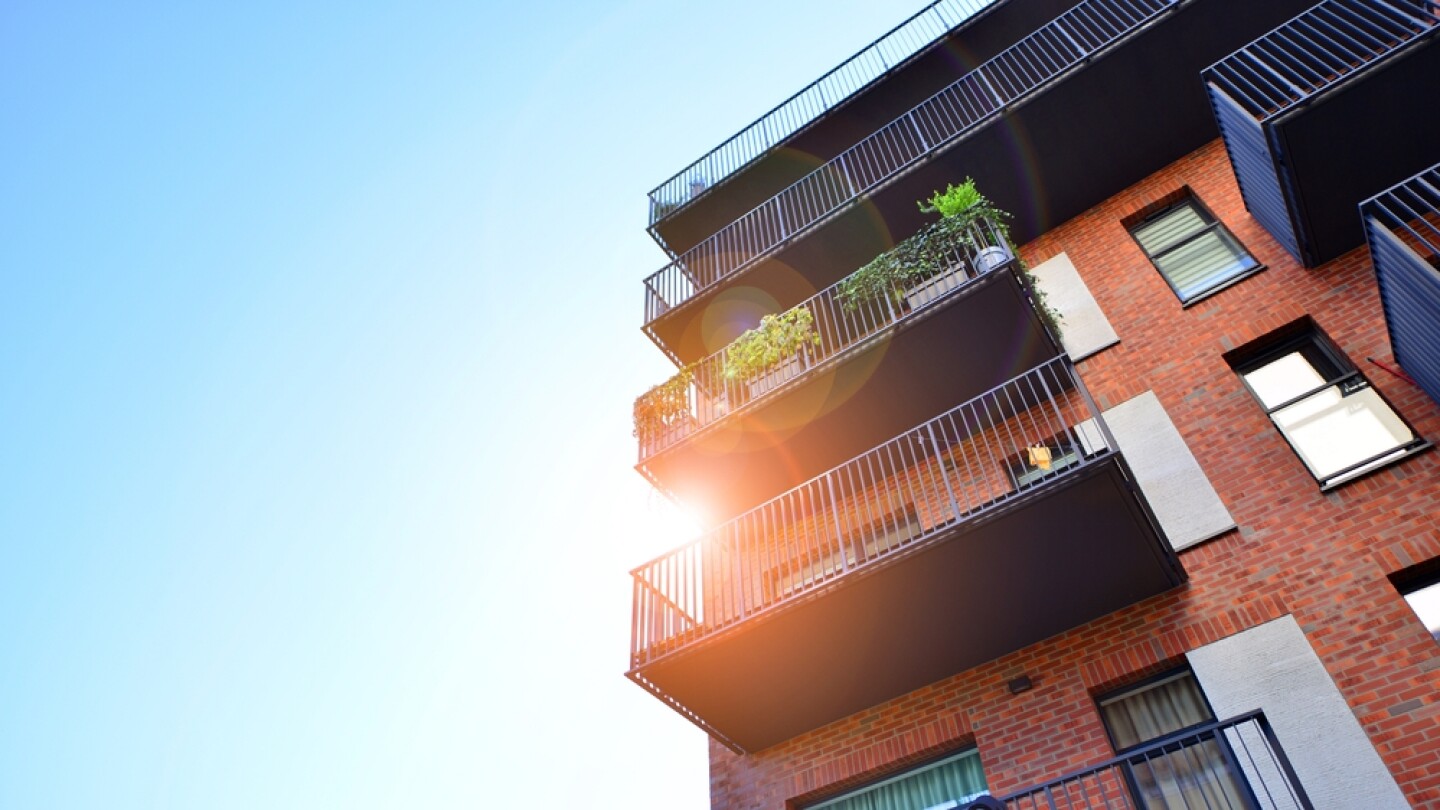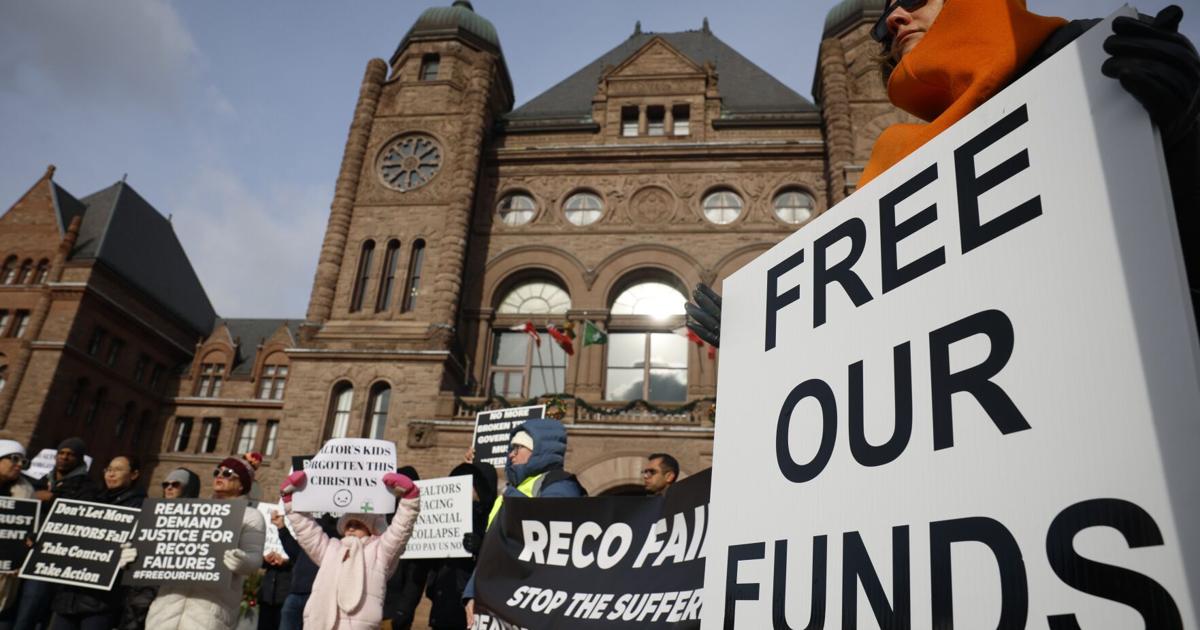C
limate considerations have become increasingly critical for real estate owners, operators, and investors over the past few decades, driven by rising billion-dollar weather and climate disasters. Beyond high-profile events, more frequent temperature extremes and less stable energy costs have significant financial implications for property owners and residents.
Key changes in our operating environment include:
Heat waves: The number of heat waves has tripled since the 1960s, with episodes becoming longer and more intense.
Heavy rainfall: Extreme single-day precipitation events have surged, with nine of the top 10 years occurring since 1995.
Drought: In late October 2024, all but two U.S. states were experiencing at least moderate drought conditions.
Hurricanes: Although overall hurricane numbers haven't increased significantly, their intensity and associated rainfall have risen.
Wildfires: The frequency and severity of wildfires, particularly in the western United States, have intensified due to prolonged droughts and rising temperatures.
As weather patterns change, climate-related risks to long-term capital appreciation have become more pronounced for real estate owners. Jurisdictions are implementing stringent climate policies, such as Building Energy Performance Standards (BEPS), which impose energy consumption-based financial penalties on building owners.
At LEO Impact Capital, a JBG SMITH subsidiary focused on multifamily housing investments, our mission is to maintain affordability, enhance economic mobility, and deliver solid financial returns. We achieve these goals by investing in well-located assets and ensuring efficient operations, with a focus on managing risks and controlling expenses.
Our approach emphasizes the integration of climate risk assessments into conventional investment and asset management decision-making processes, focusing on historical climate data, local infrastructure resilience, and regulatory frameworks. Key factors we assess include:
Historical climate data: Analyzing past weather patterns helps us understand future climate event likelihood.
Local infrastructure: The resilience of drainage systems, utility networks, and emergency services plays a critical role in a community's ability to withstand climate events.
Regulatory environment: Understanding local regulations related to climate change and energy efficiency is essential.
We conduct thorough climate risk assessments that are incorporated into our market research. In addition to evaluating traditional factors such as employment, income, and connectivity, we analyze exposure to climate risks like heat, cold, wind, and flooding.
Looking beyond the market to the asset level, we evaluate sustainability and resilience as part of our physical due diligence. Key elements include:
Physical risks: We assess property vulnerability to climate-related events.
Resilience measures: Understanding existing flood defenses or fire-resistant materials helps us assess a property's long-term viability.
Energy efficiency: We conduct energy audits to identify opportunities for enhancing building efficiency.
Our approach emphasizes the integration of sustainability and resilience into our operating approach, helping us identify risks to be managed and opportunities to preserve and enhance investment value.













